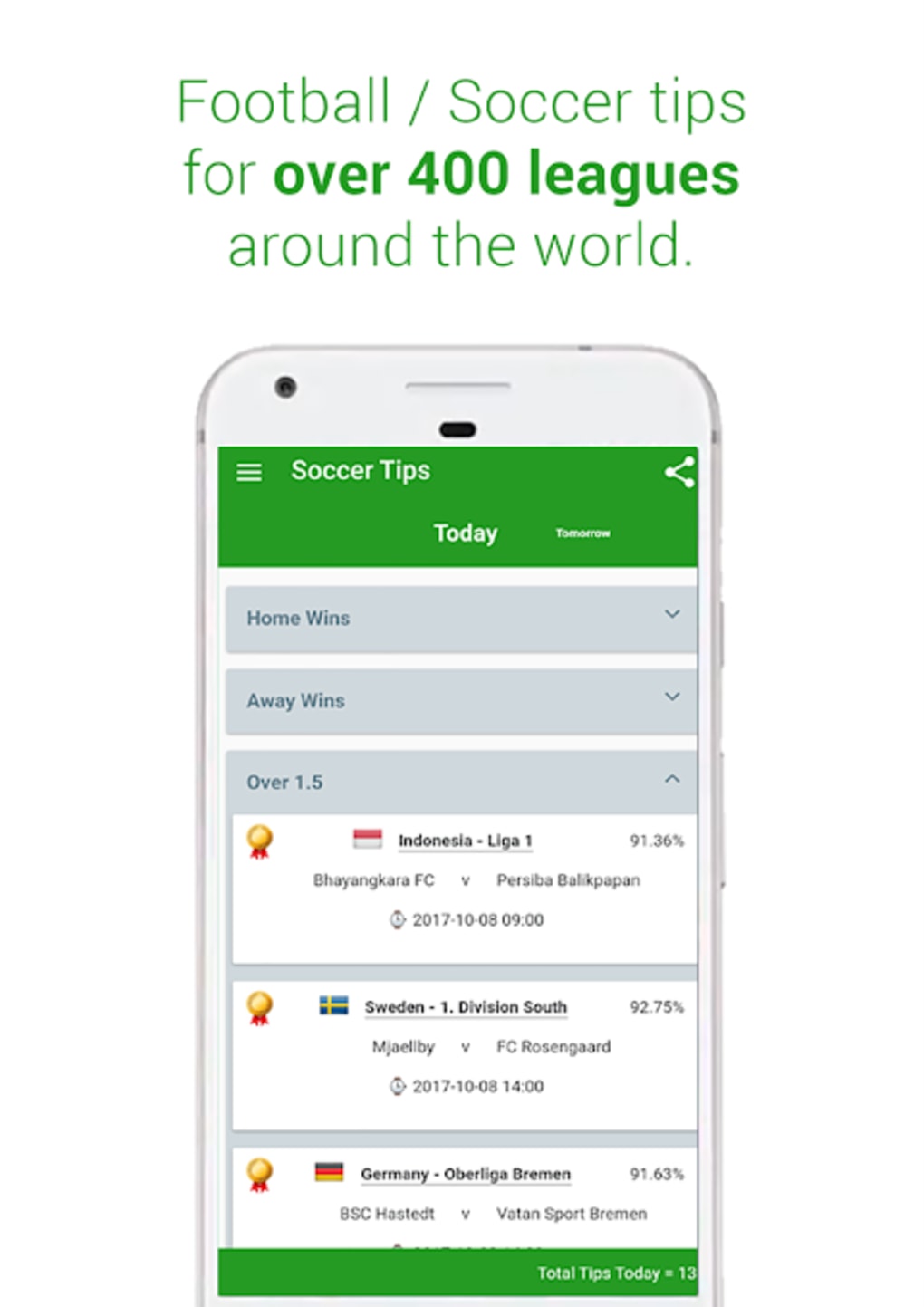In the past few years, the world of soccer has undergone a significant change, driven by the swift advancement of technology and data analytics. Gone are the days when post-match analysis relied exclusively on personal views from experts and analysts. Today, teams, coaches, and fans alike have access to a wealth of real-time insights that can alter the outcome of a match, inform tactics, and enhance overall performance. As the great game evolves, so too does the method we understand and appreciate its nuances.
Football analysis has moved into a fresh era, characterized by immediate responses and in-depth information interpretation. ราคาบอล With tools that provide metrics such as player movement, heat maps, and performance stats arriving at lightning speed, decision-makers can make knowledgeable decisions on the fly. This integration of technology not just empowers coaches to adapt strategies in the moment but also allows fans to engage with the game on a deeper level, enhancing their watching experience. As we delve into this exciting development, it becomes clear that immediate analysis is shaping the future of soccer, offering insights that are as fluid as the game itself.
Tech Progress in Football Analysis
The field of soccer analysis has been dramatically transformed by digital innovations. The integration of cutting-edge data evaluation resources allows clubs and trainers to collect and analyze huge amounts of information on athlete skill, team interactions, and game tactics. With the growth of large-scale data, analysts can at this time monitor athlete positions, judgments methods, and even biological replies during competitions. This abundance of information enables a clearer understanding of the sport, causing to enhanced tactical choices and improved athlete progress.
In furthermore to information analysis, machine intelligence and AI have become vital factors in soccer evaluation. These tools can analyze complex data collections far above human power, identifying patterns and insights that were earlier unseen. For illustration, AI models can judge player performance metrics in real time, offering prompt replies during competitions. This function allows coaches to change plans on the spot, making knowledge-based choices based on latest information, ultimately improving the squad’s advantage.
Additionally, wearable technology has changed how clubs observe players’ physical condition and effectiveness. Devices embedded in player kits monitor metrics such as heart rate, distance covered, and exhaustion levels. The data collected from these gadgets is crucial for sports scientists and coaches, helping them make data-driven decisions regarding training programs, injury mitigation, and rehabilitation methods. As these technologies continue to develop, the capability for customized and effective soccer analysis grows, promising an thrilling future for the sport.
Immediate Information Collection and Its Impact
The arrival of technology in soccer has revolutionized the way teams evaluate performance on the pitch. Instant information gathering enables coaches and analysts to collect metrics during matches, such as player movements, ball possession, and tactical formations. This immediate access to data not only enhances game preparation but also enables in-game adjustments, permitting teams to respond quickly to the dynamics of the match.
Moreover, the effect of immediate data extends past the immediate game context. It aids in long-term strategies by providing understanding into player development, fitness levels, and overall team performance trends. With ongoing monitoring, clubs can make informed decisions regarding training regimens, signings, and even tactical shifts throughout a season. This evaluation helps teams maintain a competitive edge in a fast-paced sport where details can make a significant difference.
Fans too gain from the explosion of real-time insights as they get access to statistics and analytics that enhance their viewing experience. Through various platforms, supporters can engage with live data feeds, exploring detailed analyses of player performances and team strategies. This democratization of data not only enriches the fandom experience but also creates a deeper appreciation for the complexities of the game, making football analysis an integral part of the sport as a whole.
Future Trends in Instant Insights for Football
The future of soccer analysis is poised to undergo significant shifts driven by advancements in tech and information analytics. One significant trend is the growing utilization of artificial intelligence and machine learning to analyze vast amounts of game data in the moment. These technologies can uncover trends and insights that human analysts might overlook, enabling teams to make faster, more knowledgeable decisions during matches. As AI continues to evolve, it will become an essential tool in soccer strategy and tactics, allowing coaches to adjust lineups and player roles on the fly.
Another new trend is the combination of augmented reality and virtual reality in football practice and analysis. By using AR and VR, teams can create immersive environments where players can visualize game scenarios and analyze their performance in real-time. This technology will not only improve player comprehension of strategies but also captivate fans by offering them with a more interactive viewing experience. Stadiums might even offer augmented reality apps that project live statistics and player analytics for spectators.

Finally, the growing emphasis on player wellness and performance optimization will influence the future of football analysis. Wearable technology will play a key role in gathering real-time biometric data, such as heart rate and fatigue levels, allowing coaches to monitor players’ conditions throughout the match. This data will enable substitutions and tactical modifications based on player health, ultimately leading to better performance on the pitch. As teams adopt these advancements, the realm of football analysis will continually evolve, offering deeper real-time insights that transform the way the game is played and viewed.